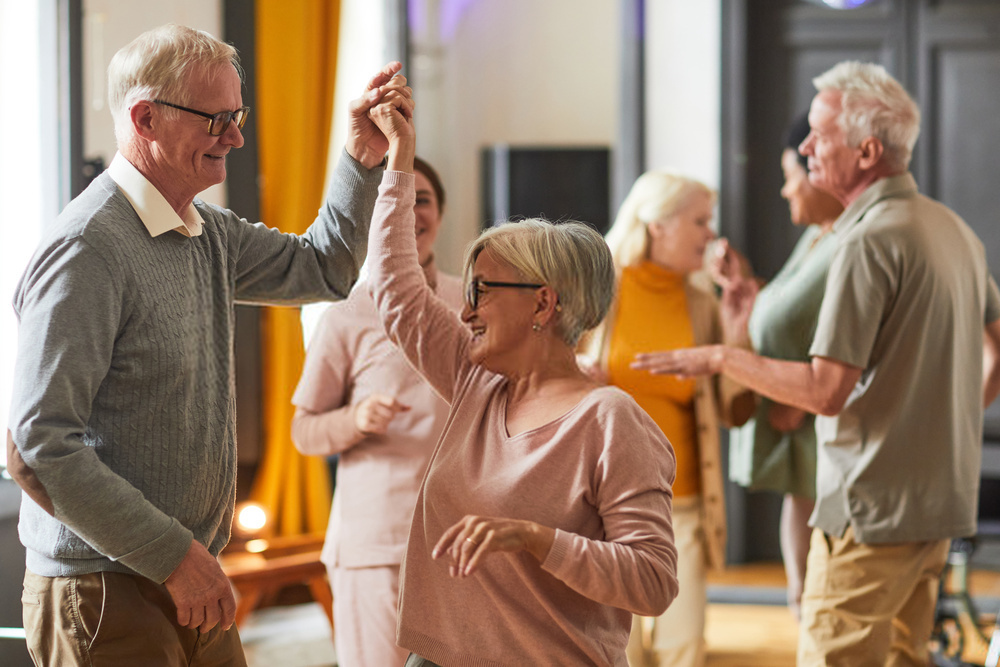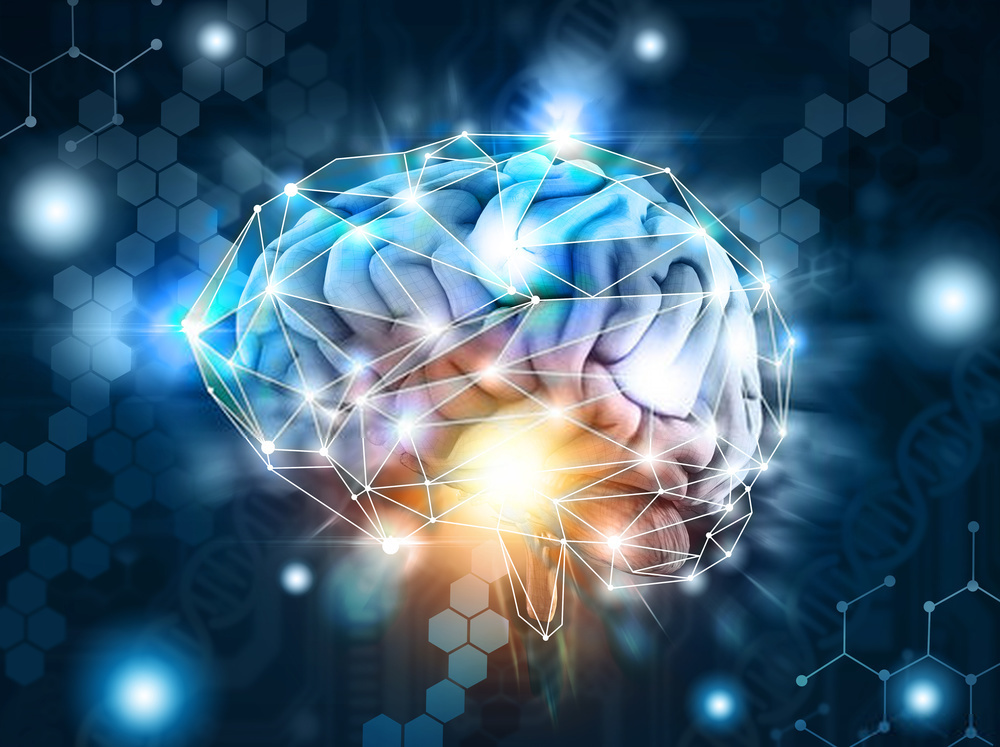Says keep on dancing! (To Fight Dementia)
by CityView StaffAssisted living facilities in Los Angeles are abundant. That's because as the average life span increases, about two billion people in this world will be 60 years or older by the year 2050. We have seen that reflected in the increasing population at assisted living facilities in Los Angeles. Therefore, it is vital to understand interventions that can delay the onset, or slow the progression of age-related diseases that affect cognition. In this regard, growing research has emphasized the benefits of physical activity over a lifespan, particularly as we age. Physical activity is often defined as any activity that involves body movements resulting in the use of energy.
It’s a fact of life that as we grow older, many brain changes occur. That includes decreased brain tissue, reduced blood flow, and decreased communication between brain cells.
All of these changes can interfere with brain function, particularly memory and learning. Growing evidence supports the ability of dancing to positively impact mental functioning. In addition, those positive effects have been linked to the prevention of many health conditions associated with depression, including Alzheimer's disease, than other activities.
Assisted living facilities in Los Angeles often incorporate dance as an effective treatment because it simultaneously involves physical and mental stimulation, increasing its impact on neuroplasticity and cognition.

The Impact of Dance on Cognitive Health in Assisted Living Residents
Studies have long shown that exercise is associated with maintaining cognitive function in older adults. Dancing is now included as an excellent exercise! According to a recent study published by Frontiers in Human Neuroscience , dancing may be a better form of exercise than traditional exercise when it comes to reducing the symptoms of aging. This is due to the necessary psychological challenges, which include:
- Remembering the steps of the dance
- Holding your partner in the right direction
- Maintaining balance while making a turn
- Rhythm recognition
- Going along with someone or just “hearing” the rhythm of the music and start moving
- Synchronizing movements with the music
Clinically, all of the above functions are called "sensorimotor requirements." They are related to physical activity or movement caused by sensory and motor nerves.
The specific regions of the brain that are critical for cognitive health:
- The hippocampus, where understanding and balance work, the integration of memory, learning and navigation, resides
- The motor cortex, which describes voluntary movements, planning and control
- Basal ganglia, where coordination and fluid movement originate.
The complex mental coordination required during dancing results in the activation of several brain regions: the cerebellum, the somatosensory cortex and the basal ganglia, producing deep, sensory, musical, and emotional responses. This strengthens neural connections and can improve our memory.
Dancing Makes You Intelligent
"Intelligence" includes the ability to make decisions quickly. Another effective way to do so is to participate in activities at assisted living facilities that require split-second decisions. Dancing is a great example of this: it's a swift task that requires your brain to make quick decisions about where to turn, how to move, and incorporating that movement to coordinate with dancers around you.
Dancing Develops Cognitive Memory
The more complex your neural synapses, the better your memory will be. Learning anything new, such as the choreography of a dance routine, is an effective way to build new neural pathways. As a result, your brain has an easier time accessing information and memories, such as names and locations.
Dancing Decreases the Risk of Dementia
As a young dancer, you may not be concerned about cognitive decline at this time of life, but keep in mind a study published in the New England Journal of Medicine states that dancing reduces the risk of dementia by 76 percent . Other physical activities, such as cycling, swimming, and golf, have no relatable measurable effect. Dancing was determined to be much better for maintaining mental strength than cognitive activities such as reading or doing crossword puzzles.

Dancing Helps Fight Dizziness
Have you ever noticed how professional ballerinas can shoot endlessly without getting dizzy? Studies show that the brains of ballet dancers adapt to the feeling of dizziness. After years of training, they gain the ability to compress signals from the inner ear connected to the cerebellum, enabling them to resist dizziness. Rejuvenating your brain with dance lessons can help if you have balance issues.
Other Health Benefits of Dancing
Assisted living facilities throughout Los Angeles understand that the social aspect of dance should not be underestimated. Dancing often involves other people. Therefore, it helps to reduce feelings of isolation. Dancing can improve our physical, mental, and emotional health. Other health benefits of dance include:
Stress management. Dancing can be a joyous occasion that can alleviate anxiety. Dance involves music, which is a benefit in it’s own regard.
Motivation . Music and dance can also encourage and motivate us to move, cry, or even just smile and tap our feet!
Improved Status . Dancing can help us reconnect with fond memories of the past. It can provide an emotional boost, an increase in hormone-serotonin levels that simply feel good.
Better posture and balance . Dancing strengthens muscles that can help us stay upright and reduce the risk of falls.
Role of Dance in Parkinson’s Disease
Dancing has also been found to reduce the symptoms of Parkinson's disease. Similar to dementia, it is another disease in which people can experience impaired cognitive functions due to damaged neurons in the brain. Dance can improve spatial awareness and human memory through postures, and simple techniques learned during dance lessons. The information is then stored, remembered and reused, and it is also important for the individuals to improve and respond automatically to music.
Research in dance and aging has shown its positive impact on neurology in healthy and dementia groups. Doctors may prescribe dance therapy to improve visual acuity and local memory, the areas of cognition often affected by dementia.
At City View Assisted Living, we understand the importance of maintaining overall good health as we age. We emphasize the individual’s personality and gear a treatment plan to specifically benefit each and every resident at City View Assisted Living. Contact us at City View Assisted Living to set up a visit to tour our beautiful facility and hear what we have to offer you, or a loved one. We’d be happy to answer any questions and address any concerns you may have. Keep dancing, and we hope to hear from you soon!
